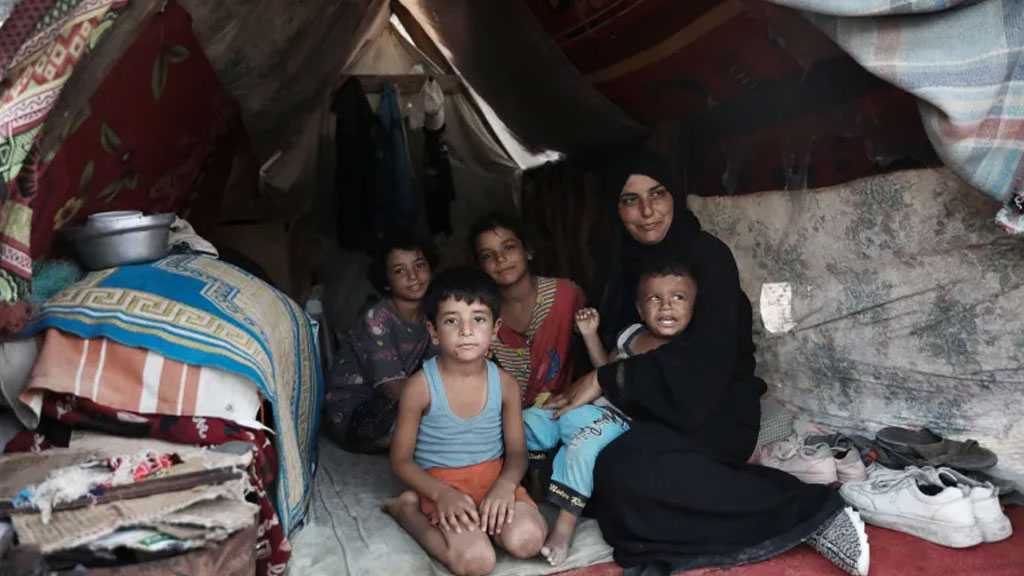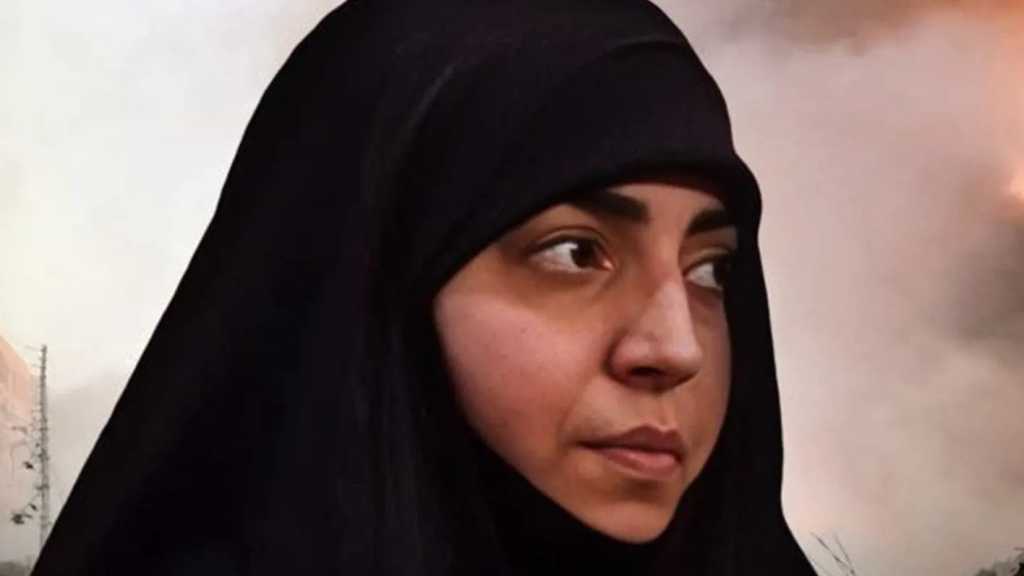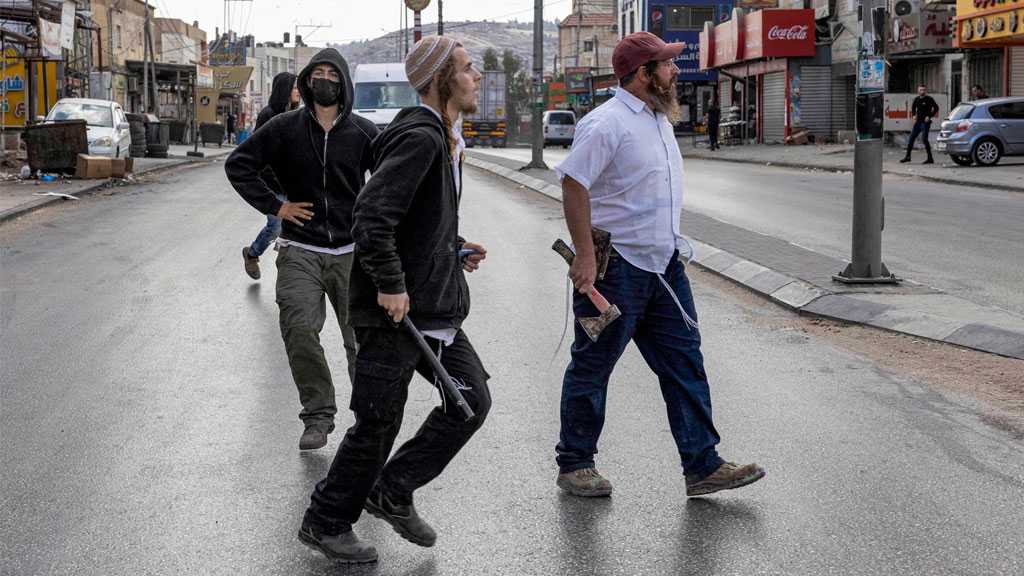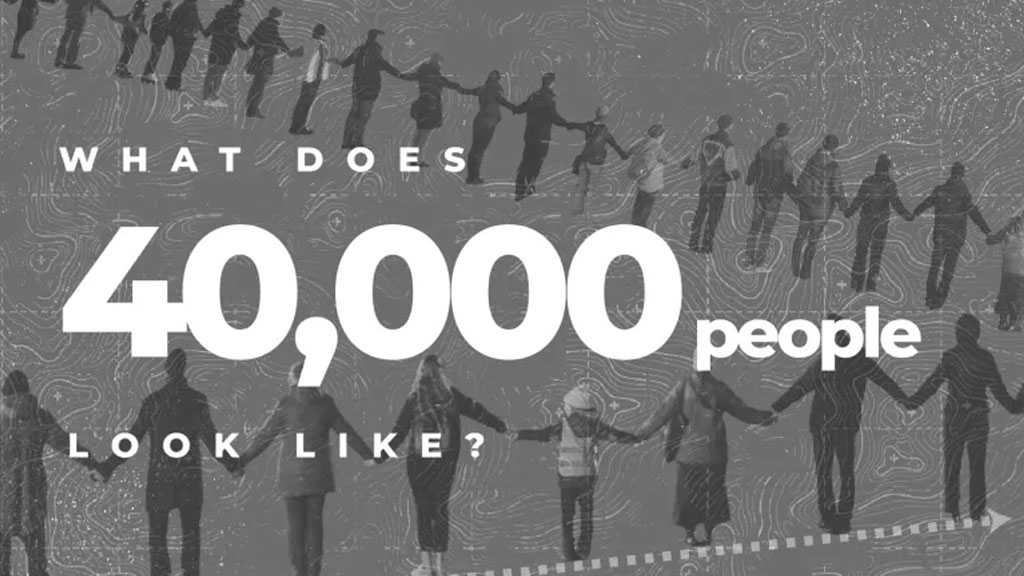
“My children cry all day from the heat”: Life in Gaza’s tent camps

By Maram Humaid, Al Jazeera
Deir el-Balah, Gaza – It is around 7:30pm and the sun is setting when Nimah Elyan and her four youngest children return home – a beige-colored tent in a temporary camp in Deir el-Balah in central Gaza – after trying to escape the heat by going to the beach.
“The tent in the summer is hell,” says 45-year-old Nimah as she uses a sponge and a bucket of water to wash her children who are under the age of seven. “We cannot stay inside the tent for even five minutes during the day. The heat is absolutely unbearable.”
To escape the sweltering conditions during the day, Nimah takes her children to swim in the sea, which lies a few kilometers away.
Her children look sleepy as they pull off their clothes, their skin reddened from being outdoors all day. Nimah’s four-year-old daughter sits on the ground eating fava beans, leftovers from last night’s dinner.
“My children cry all day from the heat,” she says, explaining how their skin suffers from constant exposure to the sun, a lack of hygiene products and water scarcity. The water they use to bathe and drink is collected by her children from the nearby hospital.
“Every day around 11am, when the weather becomes unbearable, we ride on a donkey cart to the sea,” Nimah explains.
Going to the sea is not easy, but Nimah says the heat gives her no choice. But when there are “Israeli” attacks, they are forced to stay in the camp and in their hot tent.
It costs the family about 20 “shekels” [$5] for the 40-minute donkey cart ride to the shore and they often have to wait in the sun before securing transportation. Sometimes it never arrives, and they walk to the beach.
Once there, Nimah sits on the sand and watches her children. Sometimes she joins them in the water.
And when they return home in the evenings, Nimah washes the salt from her children’s bodies and then tries to feed them with whatever is available. “The living conditions are very difficult. Because of this daily journey, we miss the food distributed daily by the community kitchen, which makes providing food a problem,” she shares.
Some days they stay in the camp to collect food from the community kitchen that distributes free meals or food aid parcels.
‘Ravaged our children’s bodies’
Nimah was displaced from the Nassr neighborhood in Gaza City in the north to Deir el-Balah in early March, escaping what UN experts are saying is famine that is now spreading in Gaza. Her husband and two older sons were determined not to leave their home, and remained in the north.
“I endured dangerous conditions and bombing for about five months, but we escaped extreme hunger in the end,” says the mother of nine.
“Now we face the war of displacement in tents and a summer that has ravaged our children’s bodies,” Nimah adds, pointing to her one-year-old granddaughter whose body is partly covered in a rash.
The baby’s mother, Nimah’s 21-year-old daughter Nahla, lives in a nearby camp and was in her mother’s tent after being at the beach with her mother and siblings.
“[I] live in a tent made of nylon with my husband, my daughter, and my husband’s family of eight,” she explains as she holds her baby. They spend most days walking around trying to find a shaded area, she adds.
“My daughter suffers from a bacterial rash that has spread all over her body, and medical ointments haven’t helped,” Nahla says. She visited Al-Aqsa Martyrs Hospital, the lone medical facility operating in Deir el-Balah, where “doctors said it worsens due to the extreme heat and advised cooling her with water, which is scarce”.
Nahla says that many children in the camp suffer from similar rashes as a result of the unhygienic conditions, lack of water and heat.
More than 150,000 people in the enclave have contracted skin conditions as a result of the unsanitary conditions Palestinians have been forced into since the start of “Israel’s” war on Gaza on October 7, according to the World Health Organization [WHO]. As of July 29, the WHO reported 65,368 cases of rash, 103,385 cases of scabies and lice and 11,214 cases of chickenpox since the start of the war.
“I feel sad for our children, but there is no help,” says Nimah as she washes her six-year-old daughter. “We are forgotten.”
‘We are burning alive’
Heba Sheikh Khalil, a 38-year-old mother of eight, sits in a small shaded area opposite her tent with her family, fanning herself with a piece of cardboard.
“My face is two colors, as you can see. The burned part sums up all our suffering,” Heba tells Al Jazeera, pulling back her veil to show the contrast with her exposed, reddened skin.
“We are burning alive,” she says angrily. “The intense heat inside the tent is indescribable.”
According to Heba, coping with the heat, which is most intense between six in the morning and six in the evening, is a daily struggle for people in the camp where they live.
“The sun’s rays are vertical during the daylight hours,” she shares. “My children and I spend the day searching for shade or walking in the streets, hoping for a cool breeze but finding none.”
Heba’s family was displaced from the Shujaiya neighborhood east of Gaza City in October and moved to Deir el-Balah, and then to the Nuseirat refugee camp.
Her home had a long living room and five large rooms. “The air played games in it,” she says, recalling the fresh breeze in her now-destroyed home.
“Now I live in a tent. We are eaten by flies and insects. There is no water, so my children shower at Al-Aqsa Hospital nearby,” she explains, adding that her family goes to shower every 10 days.
Heba’s suffering extends beyond discomfort from the scorching weather to heatstroke, headaches, dizziness and mosquito and fly bites that have proliferated in the difficult conditions.
“The tent environment is very miserable. There is no infrastructure or drainage for sewage and wastewater, leading to insect proliferation,” she says.
Health conditions in the makeshift camps have gotten worse due to piles of rubbish and the accumulation of sewage, risking the spread of infectious diseases, warn United Nations agencies.
Meanwhile, the WHO said it was sending one million polio vaccines to Gaza after poliovirus was found in sewage samples.
“The suffering is multifaceted: extreme heat, garbage, wastewater, and a lack of clean water and detergents, whose prices have significantly increased,” Heba says.
“We are living in hell on earth. Every day I wake up hoping this is a bad dream that will end.”


